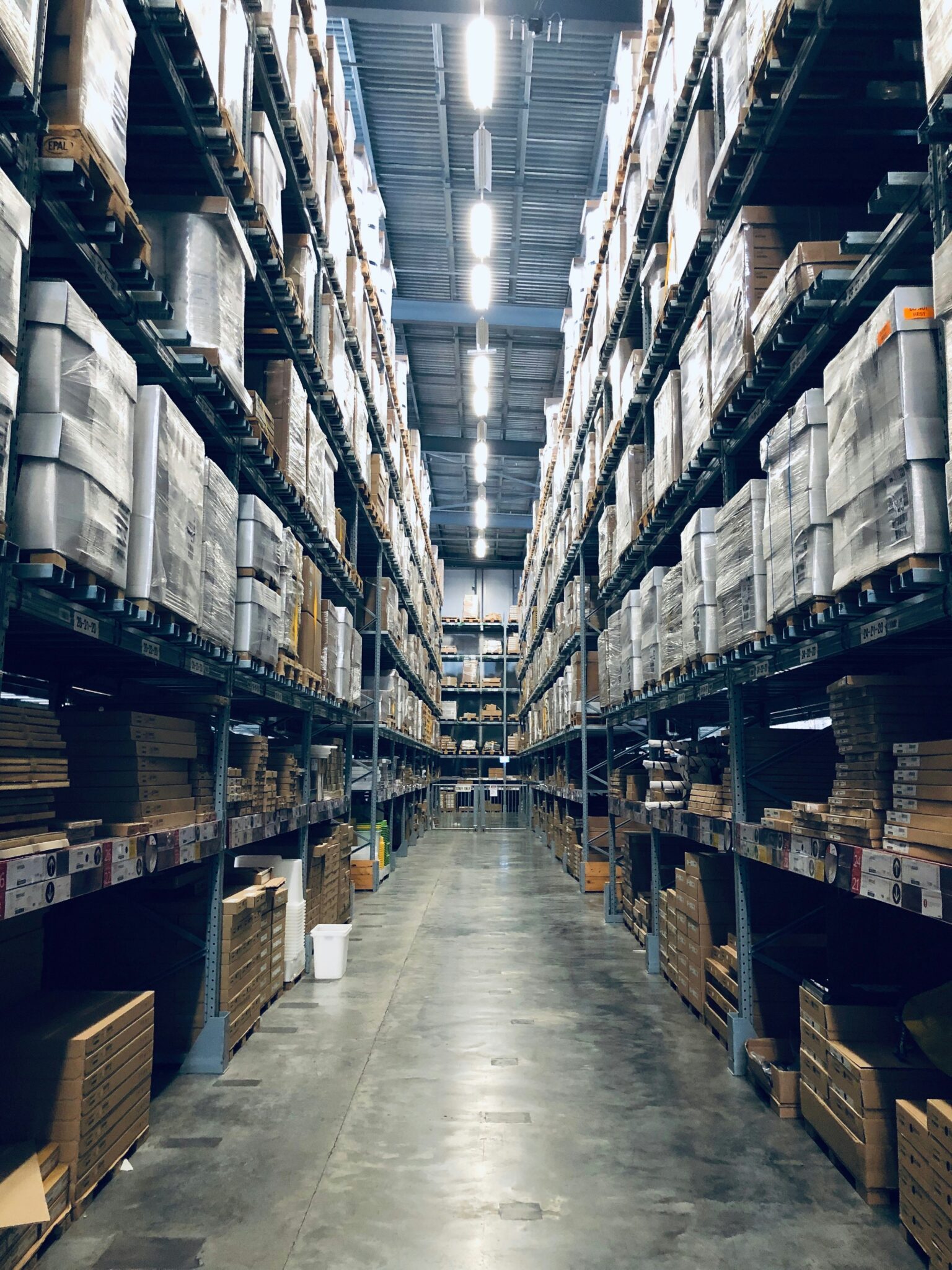When it comes to attracting new clients, most transport, warehousing and logistics companies in the UK have many more opportunities to raise their profile then they might imagine. That’s according to industry specialists, Full Mix Marketing, who deliver marketing for a number of growing logistics companies.
“Like many established industries, firms in logistics can feel there aren’t many ways to set themselves apart. However, success is increasingly about being seen, rather than being different,” says Sarah West, founder and Managing Director of Full Mix Marketing.
Full Mix Marketing is an East Anglia B2B marketing agency and works with a number of 3PL and FMCG logistics providers across the UK. West, a Chartered Marketer and fellow of the Chartered Institute of Marketing (CIM), believes those keenest to tell others about what they do are frequently the biggest beneficiaries of new business opportunities.
“Companies often pick the logistics partner with whom they are most familiar and have the greatest trust. Innovation and excellence are important, but it’s often firms which simply shout about the great job they do which attract the most leads,” she says.
According to IMARC Group, the UK logistics market reached £394 billion in 2023 and is expected to reach £664 billion by 2032, with an anticipated growth rate of 6% per year.
Established in 2016, Full Mix Marketing has quickly grown to become one of East Anglia’s leading B2B marketing agencies, working with companies across the UK in manufacturing, engineering, technology, business services and logistics. The company delivers all aspects of digital, traditional (non-digital) and strategic marketing, ranging from websites and search engine optimisation, to brochures, presentations and entire marketing strategies. However, one of the key forms of marketing which the agency has seen become most beneficial for its clients in logistics is content marketing, including press releases, articles and other business news.
“Social media, email marketing and trade press all give logistics businesses an opportunity to engage directly with their potential customers. Whether it’s helping out a client, updating their facilities or building a strong team, we can always find opportunities to create interesting content which raises their profile,” adds West.
Content marketing can also have significant additional benefits to a company’s online presence by boosting their search engine optimisation (SEO) and the likelihood of being found online by prospective customers. Amongst the logistics, transport and warehousing businesses which Full Mix Marketing work with, a number have recently reported major new contract wins and others who have been successfully purchased by larger logistics groups.
“Amidst rising competition, logistics companies are finding that marketing is enabling them to proactively take control of their growth. Companies can be concerned that marketers might not understand what they deliver, which is where our experience in logistics proves so valuable” concludes West.
read more




